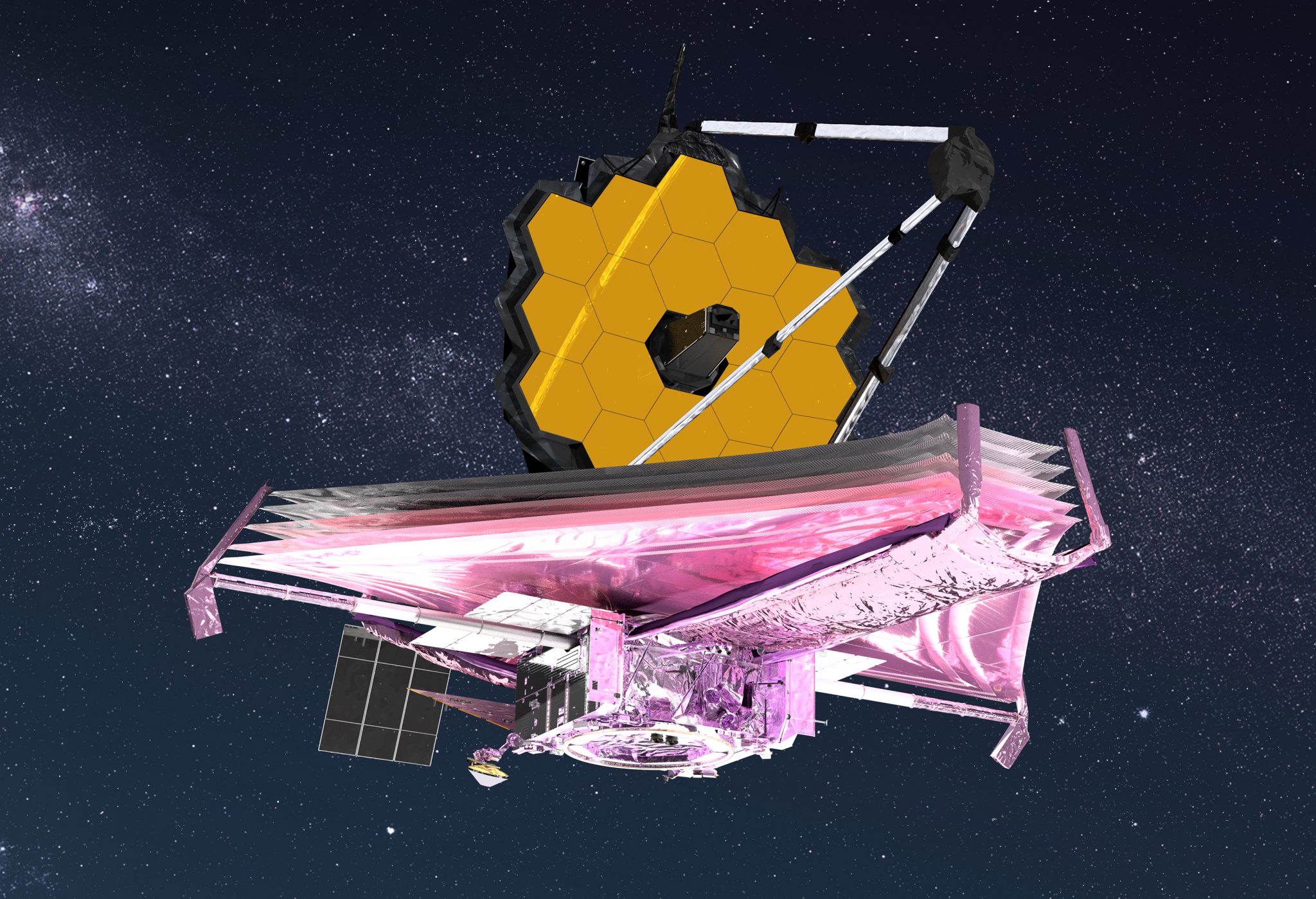
Posted on 01/25/2023 9:29:05 AM PST by Red Badger

Artist conception of the James Webb Space Telescope. Credit: NASA GSFC/CIL/Adriana Manrique Gutierrez
On Sunday, January 15, 2023, the James Webb Space Telescope’s Near Infrared Imager and Slitless Spectrograph (NIRISS) experienced a communications delay within the instrument, causing its flight software to time out. The instrument is currently unavailable for science observations while NASA and the Canadian Space Agency (CSA) work together to determine and correct the root cause of the delay. There is no indication of any danger to the hardware, and the observatory and other instruments are all in good health. The affected science observations will be rescheduled.

James Webb Space Telescope NIRISS Infographic Crop
The Near-Infrared Imager and Slitless Spectrograph (NIRISS) is one of Webb’s four scientific instruments. NIRISS provides near-infrared imaging and spectroscopic capabilities. As the only instrument capable of aperture mask interferometry, NIRISS has the unique ability to capture images of bright objects at a resolution greater than the other imagers. NIRISS is a contribution of the Canadian Space Agency. Honeywell International designed and built the instrument in collaboration with a team at the Université de Montréal. Additional technical support was provided by the National Research Council of Canada’s Herzberg Astronomy and Astrophysics Research Centre. Credit: NASA, ESA, Andi James (STScI)
Near-Infrared Imager and Slitless Spectrograph (NIRISS)
NIRISS Components Cameras capture two-dimensional images of regions of space. Spectrographs spread light out into a spectrum so that the brightness of each individual wavelength can be measured. Webb’s aperture mask is a metal plate with seven hexagonal holes that is placed in front of the detectors to increase the effective resolution of the telescope and capture more detailed images of extremely bright objects.
NIRISS Wavelength Range NIRISS is designed to capture light ranging in wavelength from 0.6 microns (visible red) to 5 microns (mid-infrared).
NIRISS Field of View An instrument’s field of view is the amount of sky that it can observe at any given point in time. (The actual area that can be observed depends on the distance of the object being observed.) In this graphic, a Hubble Space Telescope image of the Whirlpool Galaxy (M51) is shown for scale. The image covers an area of 9.6 × 6.6 arcminutes. (The full Moon has a diameter of about 31 arcminutes across the sky.) NIRISS covers a field of view roughly 2.2 × 2.2 arcminutes.
NIRISS Imaging Modes Standard Imaging is the equivalent to basic digital photography and involves capturing pictures of a wide variety of objects and materials in space that emit or reflect infrared light. Aperture Mask Interferometry (AMI) involves using an aperture mask to increase the effective resolution of the telescope and capture more detailed images. When the aperture mask is in place, only the light that passes through the holes makes it to the detectors—the rest is blocked. AMI simulates the effect of a telescope array, in which a number of telescopes work together to simulate the light-gathering ability of a single, much larger telescope. AMI is used to separate light of bright objects like stars that are close together in space or on the sky.
NIRISS Spectroscopy Modes Wide-Field Slitless Spectroscopy involves capturing the overall spectrum of a wide field of view: a field of stars, part of a nearby galaxy, or many galaxies at once. Single-Object Slitless Spectroscopy involves capturing the spectrum of a single bright object like a star in a field of view.
WEBB Ping!...................
“Should have bought German”..
I know I do...
Gremlins.
They should be happy that the spectographs produce a rainbow of colors.
It was Klimutt Chains.

“Should have bought German”..
—
Then it would have to be returned to Germany for repairs.
It’s the Part that Plays Pink Floyd music.
I’m not saying it was Aliens...but...what if Aliens are Chuck Berry fans?
ctl-alt-del
“Single-Object Slitless Spectroscopy” — apparently the JWST was scared slitless by something.
Disclaimer: Opinions posted on Free Republic are those of the individual posters and do not necessarily represent the opinion of Free Republic or its management. All materials posted herein are protected by copyright law and the exemption for fair use of copyrighted works.